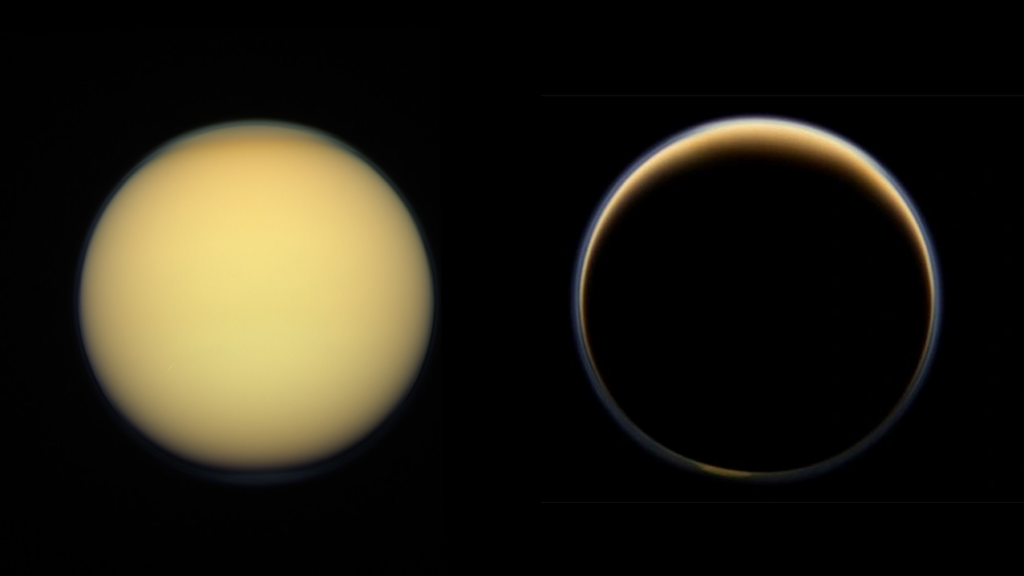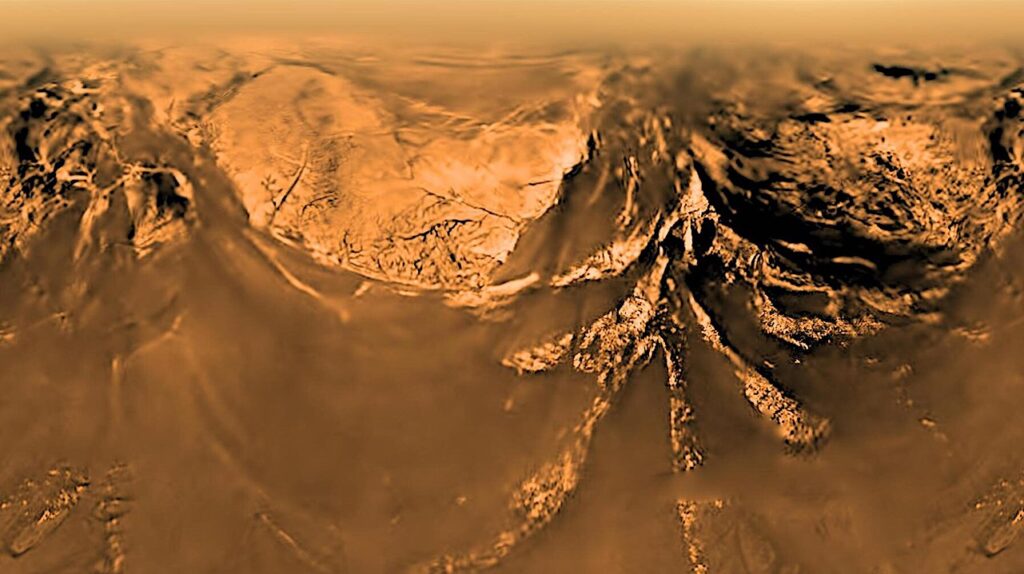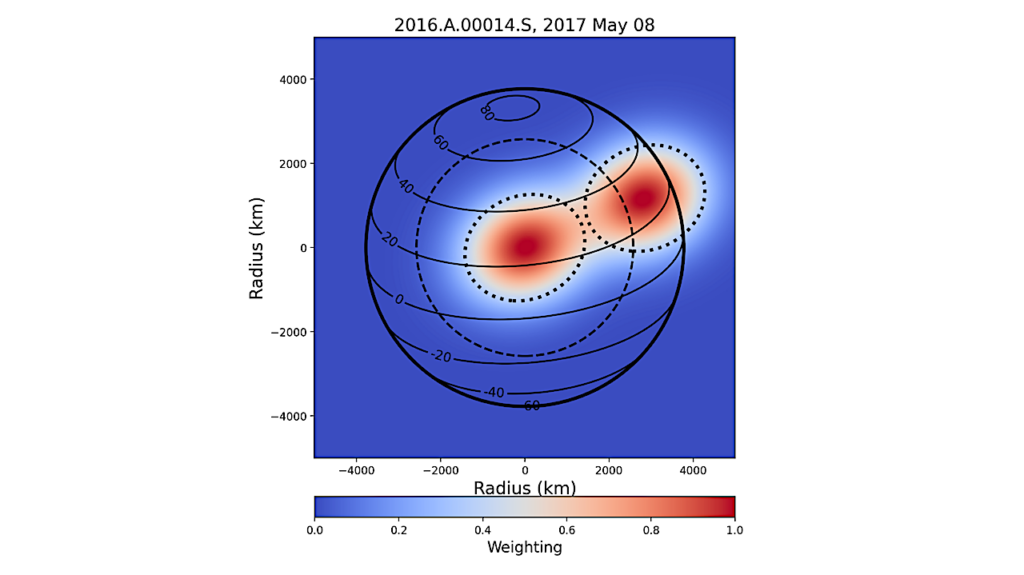The 3.4 μm Absorption Of Titan's Stratosphere: Contribution of Ethane, Propane, Butane and Complex Hydrogenated Organics

The complex organic chemistry harbored by the atmosphere of Titan has been investigated in depth by Cassini observations.
Among them, a series of solar occultations performed by the VIMS instrument throughout the 13 years of Cassini revealed a strong absorption centered at 3.4 μm. Several molecules present in Titan’s atmosphere create spectral features in that wavelength region, but their individual contributions are difficult to disentangle.
In this work, we quantify the contribution of the various molecular species to the 3.4 μm band using a radiative transfer model. Ethane and propane are a significant component of the band but they are not enough to fit the shape perfectly, then we need something else. Polycyclic Aromatic Hydrocarbons (PAHs) and more complex polyaromatic hydrocarbons like Hydrogenated Amorphous Carbons (HACs) are the most plausible candidates because they are rich in C-H bonds.
PAHs signature have already been detected above ~900 km, and they are recognized as aerosols particles precursors. High similarities between individual spectra impede abundances determinations.
Thibaud Cours, Daniel Cordier, Benoît Seignovert, Luca Maltagliati, Ludovic Biennier
(Submitted on 9 Jan 2020)
Subjects: Earth and Planetary Astrophysics (astro-ph.EP)
Journal reference: Icarus 339 (2020)
DOI: 10.1016/j.icarus.2019.113571
Cite as: arXiv:2001.02791 [astro-ph.EP] (or arXiv:2001.02791v1 [astro-ph.EP] for this version)
Submission history
From: Benoît Seignovert
[v1] Thu, 9 Jan 2020 00:39:51 UTC (116 KB)
https://arxiv.org/abs/2001.02791
Astrobiology, Astrochemistry








